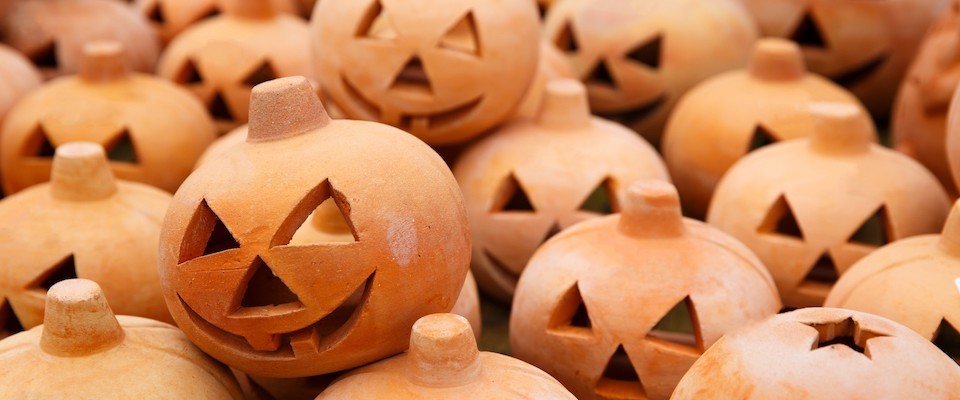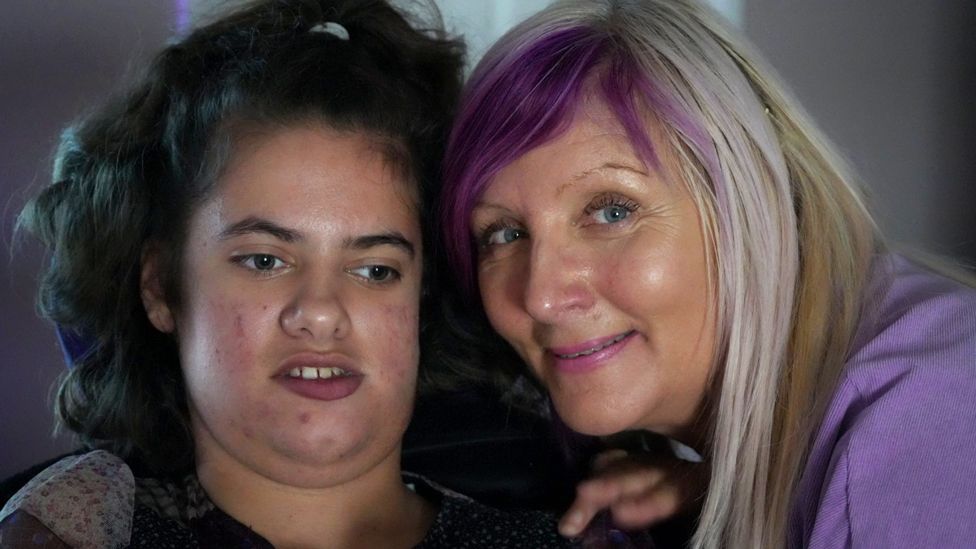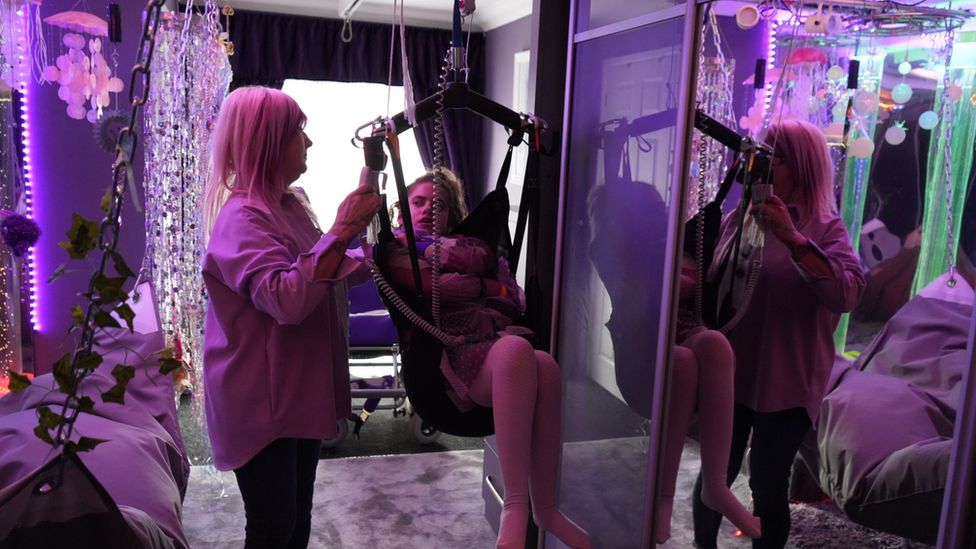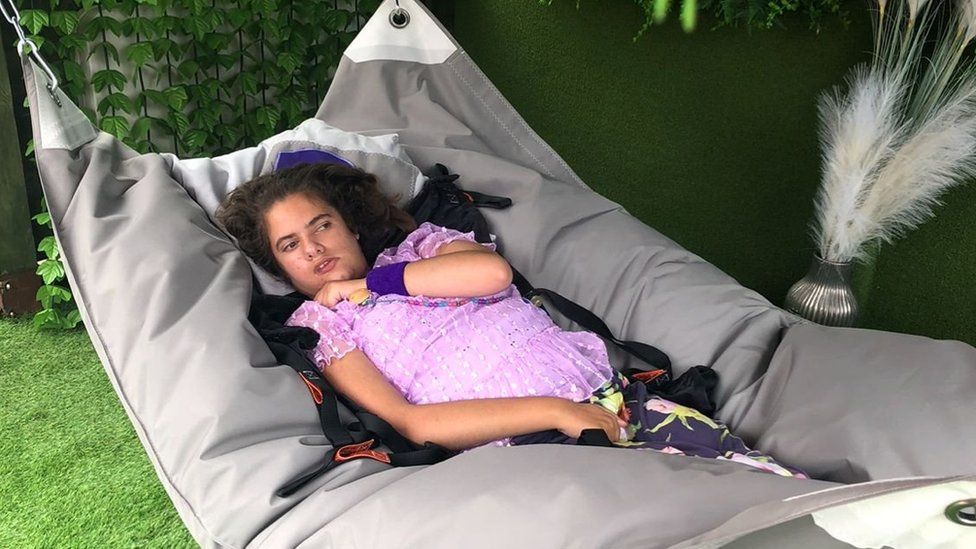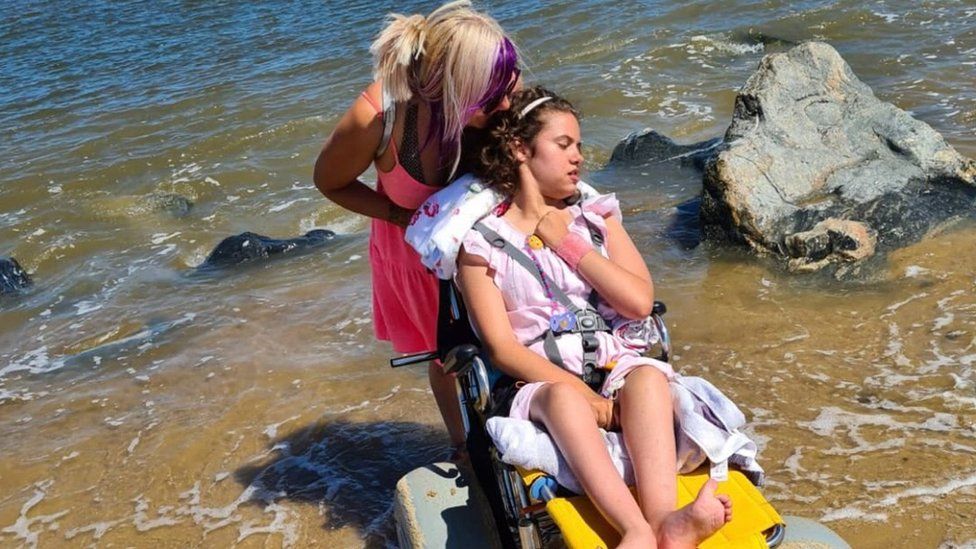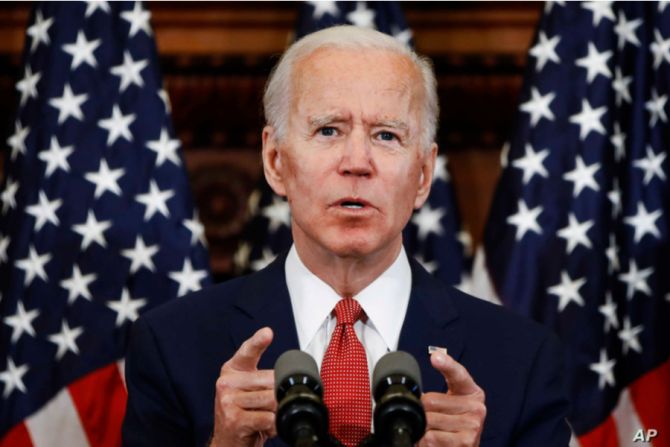SACRAMENTALS AND SPOOKS
As the chilly orange dusk of October settles, we prepare for the annual battle against Modern Halloween.
The Church has celebrated those in heaven (All Saints, November 1) and the souls of the faithfully departed (All Souls, November 2) since the latter half of the first millennium. Around these dates emerged various practices, many of which have become attached specifically to the eve of All Saints, “All Hallows Eve” or “Hallowe’en.” In fact, today’s celebration of Halloween is a brew concocted in the American melting-pot, combining early medieval Irish Catholicism with mid-medieval French Catholicism and throwing a smattering of late medieval English Catholic repression for added flavor.
Irish Catholics were concerned about damned souls feeling neglected and becoming troublesome in the wake of so much attention being paid to those in heaven and in purgatory. French Catholics processed the horrors of the Black Plague in a “Dance of Death.” English Catholics, in the wake of Guy Fawkes festivals, were harassed by visitors demanding “treats” with the threat of probably violent “tricks” hanging over them. Add some grotesquely decaying autumnal decor, and you have the skeletal framework of today’s secular holiday—and an amazing setting for a good Gothic novel.
Of course, post-Christian, neo-barbaric society would deny any Christian origins and cast October 31 in the light of an occult orgy of evil and candy. Many of the aspects of Modern Halloween are validly troubling. Even so, the heart of it remains, and elements of post-Christian fascination with this day express critical truths.
What are the elements here? First and foremost, we see the inescapable fact of death. We moderns seek to sanitize and remove ourselves from the realities of death. Nevertheless, the human mortality rate remains 100 percent. Even incessant playing of Bobby Picket’s “Monster Mash” in the background cannot fully drown out the voice of reality, which speaks in a Lenten tone: Remember, man, that you are dust, and to dust you shall return. Trader Joe’s decorated skulls on porches can serve as a memento mori—one step closer to the pious practice of visiting graveyards and praying for the dead.
This leads us to the second element: the reality of sin. We are fallen and we are in need of redemption. Death itself is a consequence of our fallenness. The monsters represented in cardboard on neighborhood windows speak to our own inner monstrousness.
This leads us to the third element: the fear—or the hope—that reality is not merely made up by the natural world. Death is inescapable and we are cosmically inconsequential. We desire the narrative significance that can only come if we embrace the fullness of metaphysics again and, in theological terms, see our place in the context of Divine Reality. We don’t just want the natural; we want the preternatural—and maybe, just maybe, the supernatural.
The Gothic genre is particularly suited to depicting these elements. This genre emerged as a knee-jerk reaction to the Enlightenment, expressing a desire for something beyond that which is observable and scientifically quantifiable. “How do you know,” demands the poet William Blake in The Marriage of Heaven and Hell, “but ev’ry Bird that cuts the airy way, / Is an immense word of delight, clos’d by your senses five?” Are there realities we cannot touch, smell, hear, see, or taste?
The Incarnation turns this question on its head. Jesus Christ is fully God and fully man; he is Divine Reality, and, through the sacraments of his Church, he comes to us in ways we can touch, smell, hear, see, and taste. This brings us to sacramentals. Sacramentals are sacred signs of the sacraments, associated with or imitating the Church’s rituals. These can take the form of physical objects (crucifixes, rosaries, scapulars, etc.) or non-physical observances (the sign of the cross, sacred music, novenas, litanies, etc.). While sacraments do not usually make a formal appearance in the annals of Halloween, sacramentals are strongly represented. Even modern man, decorating his house with symbols of death and decay, has an inkling of what sorts of things are efficacious against spirits and unnaturally animated dead bodies. That is why the protagonist of a good Gothic novel will whip out a crucifix, a stake, garlic, and silver bullets. Most excitingly, he will do so while confronting themes of life and death, salvation and damnation, angels and demons—themes that require the sort of atmosphere both Halloween and the Gothic genre can provide.
It would be the height of absurdity to claim that the people in my neighborhood who annually put up a massive oil drum containing the legs of an effigy of a murdered man seek thereby to proclaim the Gospel. Modern Halloween seems, however, to operate like anti-Catholicism of the British Victorian period, potentially leading to a backward proto-evangelization.
Anti-Catholic fervor continued into the nineteenth century as a prejudiced conglomeration of myths, legends, and hyperactive suspicions, expressed in mob riots and political disenfranchisement. The forthright English Victorian quaked with fear at the thought of lecherous monks, sordid crimes in the confessional, villainous Jesuits, duped congregations, and over-sexed women—all devotees of impious idolatry toward the demon Rome. “Blood-cemented Babylon” was synonymous with evil, debauchery, autocracy, and corruption. At the same time, the English literary tradition, especially but not exclusively in the Gothic genre, aesthetically appropriated the authority, ceremony, ritual, artistic beauty, and sacramental efficacy of the Roman Church. John Ruskin, Charles Dickens, and Charlotte Brontë all display this element. Most memorably, Bram Stoker, in Dracula, gathered up the accessories of Catholicism—crucifixes, hosts, incense, foreign authorities, and bizarre ritual—as tools to combat consummate evil.
The battle against Modern Halloween must not be driven by desperation or fear. The devil is a rabid dog—but a dog on a chain. With proper knowledge of sacraments and sacramentals, we don’t need to fear the spooks. On the contrary, we can discern and respond to the elements of truth to be found in the deluge of monstrous decorations. Thus armed, All Hallows Eve has at least the potential to be an inoffensive opportunity to dress up in costumes, trick-or-treat, visit graveyards, read a creepy novel or two, and indulge in a little bit of chocolate.
Eleanor Bourg Nicholson, author of the Gothic novels A Bloody Habit and Brother Wolf, is a high-school literature instructor for Homeschool Connections and a homeschooling mother of five.
First Things depends on its subscribers and supporters. Join the conversation and make a contribution today.
Click here to make a donation.
Click here to subscribe to First Things.
